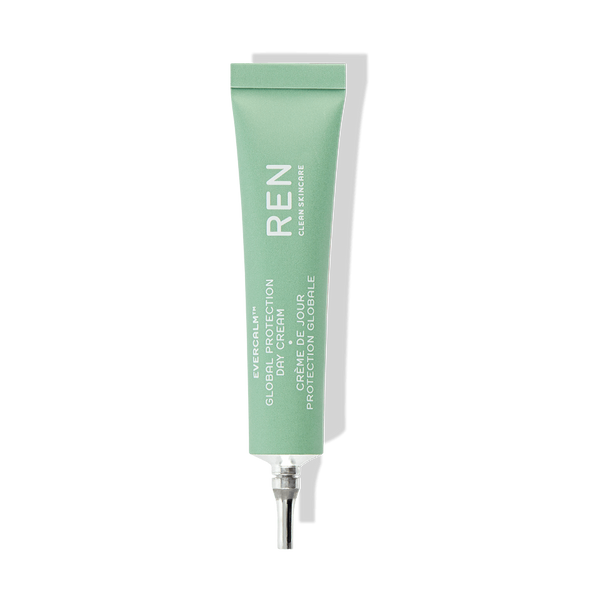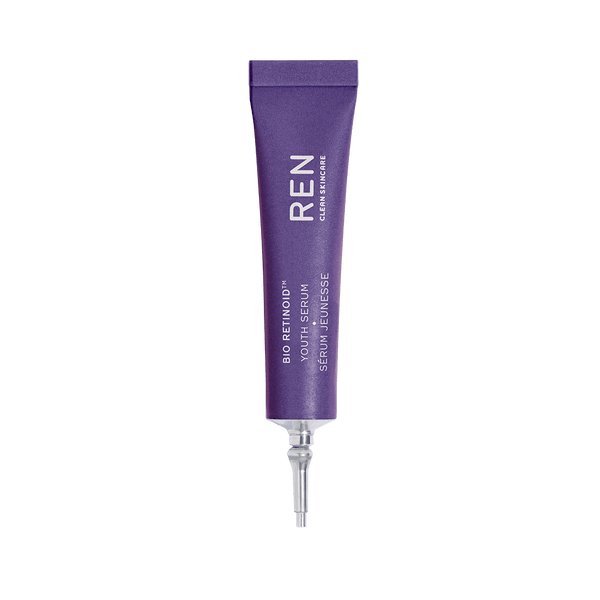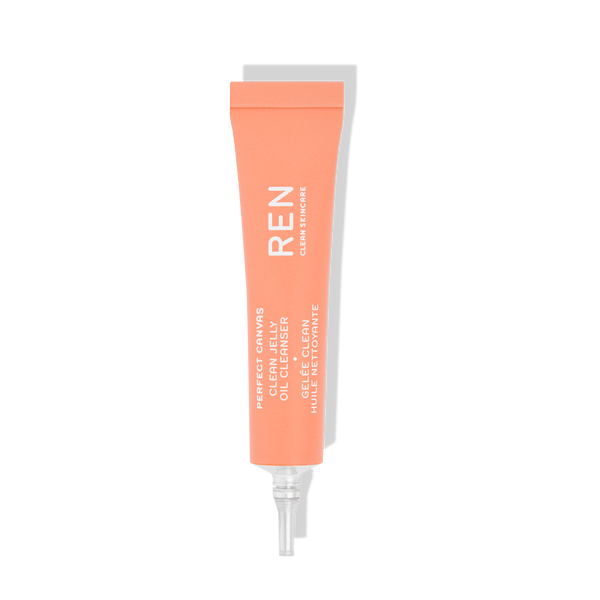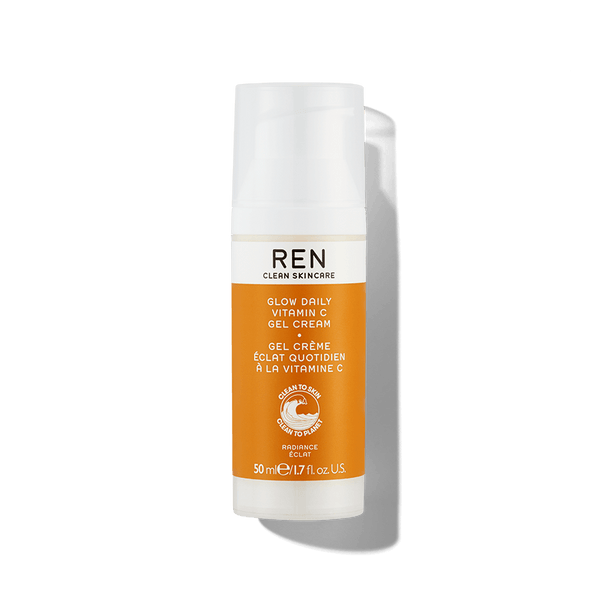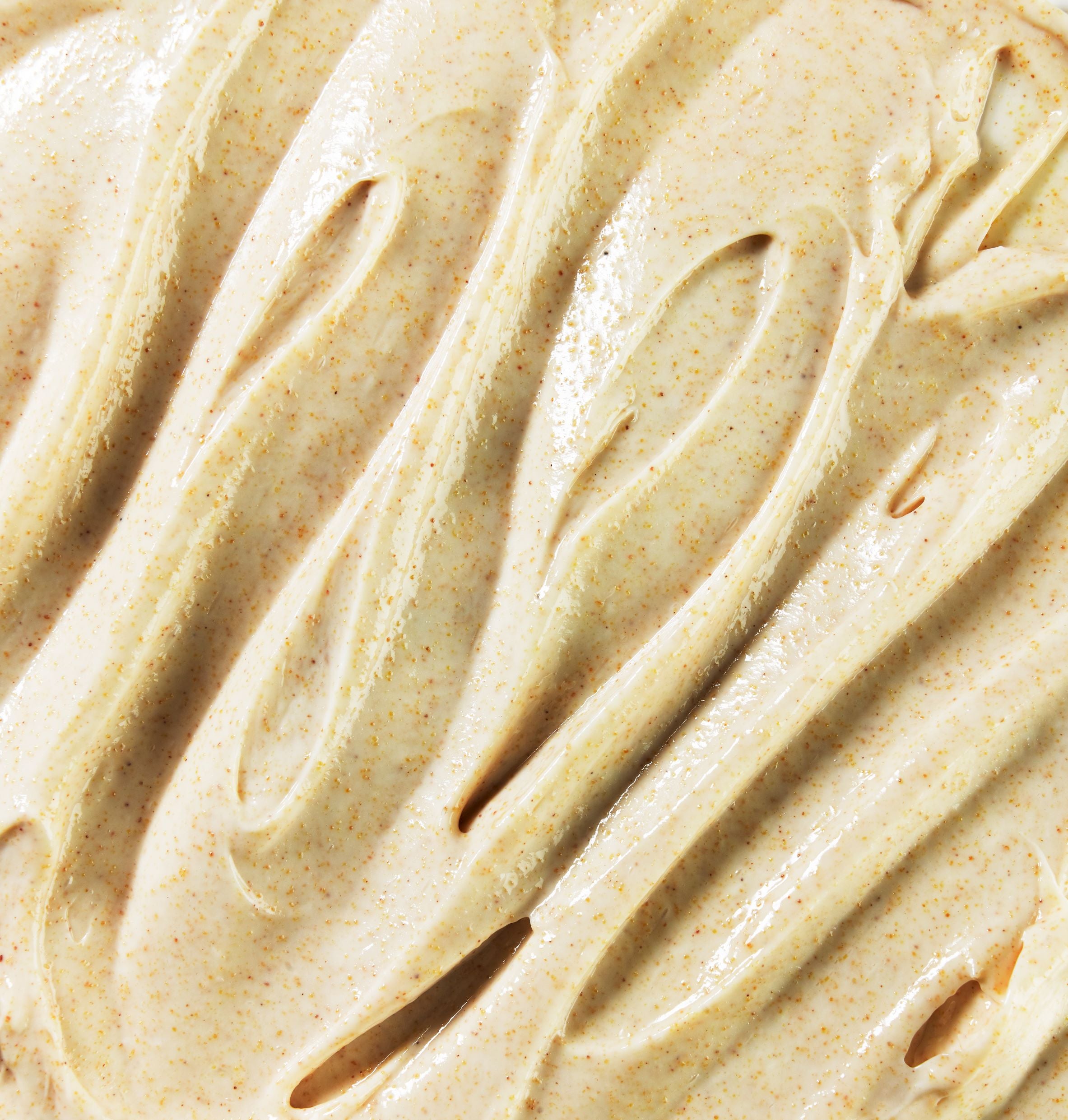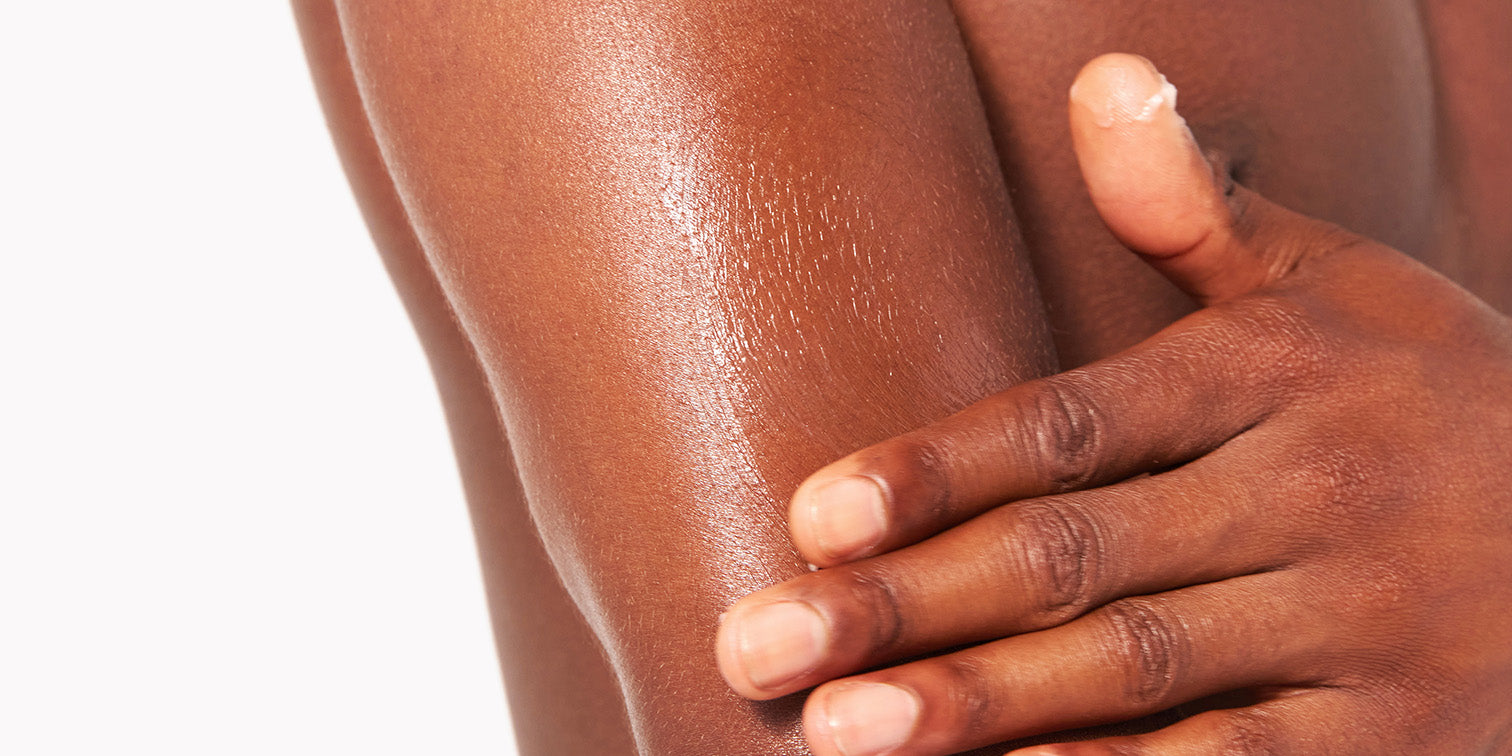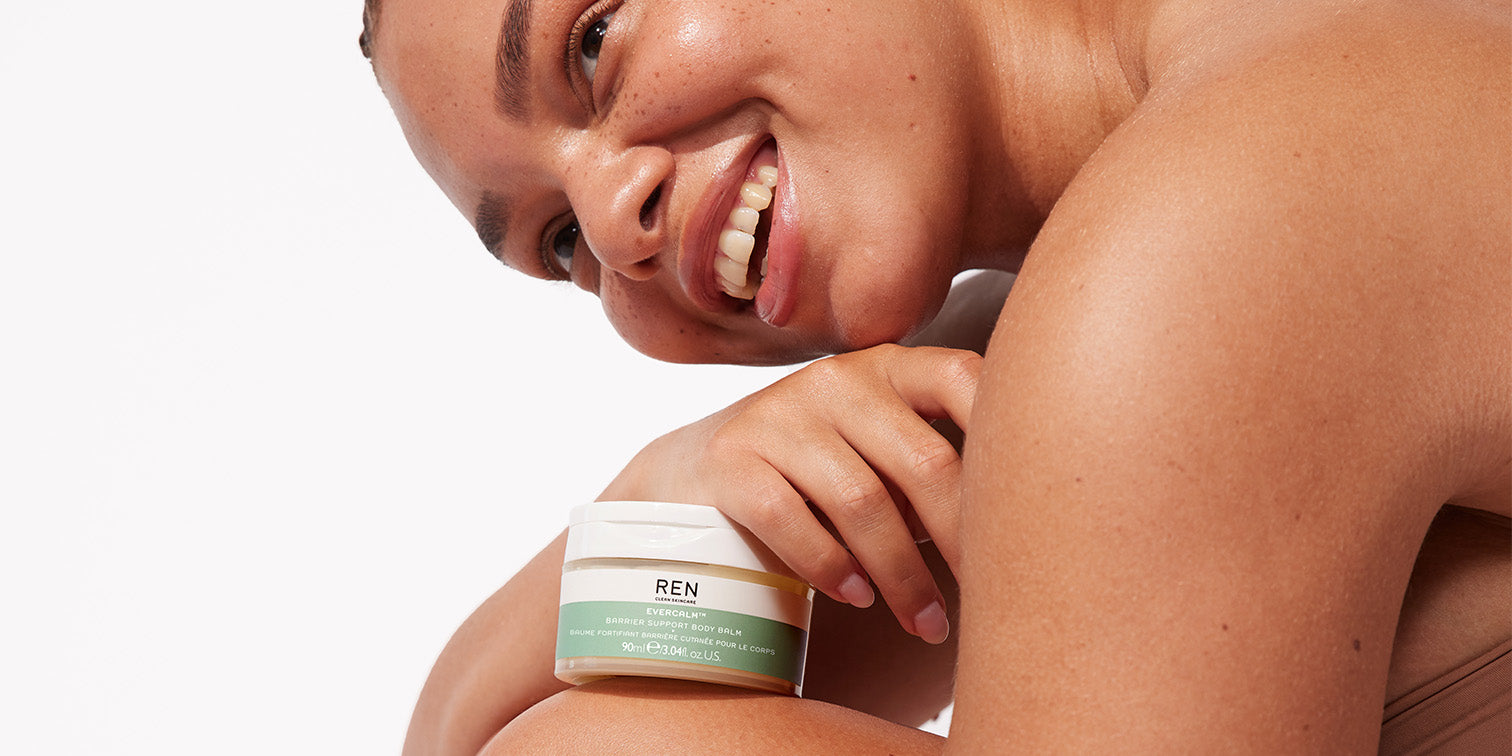The Reality of Plastics in our Ocean

These days, we’re hearing more and more about the amount of plastic being found in our ocean and littering our beaches and waterways, and it’s clear that it’s a significant problem that is only mounting year by year. What can be more complex at times is where all of this plastic is coming from — not just its common sources, such as food packaging, single-use plastic bottles, wrappers and the usual suspects, but how it’s ending up in the ocean in such high volumes — and what that means for the future of our ocean, the marine life that call it home, and our planet as a whole. To take a deeper dive into the scale of the global plastic pollution crisis, we asked our friends at the Surfrider Foundation, our environmental nonprofit partner dedicated to the protection and enjoyment of the world’s ocean, waves and beaches, to join us in sharing some of what we’ve learned in our years of partnership and collaboration.
What does plastic pollution in our ocean actually look like?
In recent years, plastic pollution in the ocean has been described and depicted in different ways that have captured the attention of the public. Images of a “garbage island” in the middle of the ocean, abandoned fishing nets entangling and endangering animals, and plastic fragments, bags and straws being removed from the organs and orifices of animals have become well-known illustrations of just how severely plastic pollution threatens our ocean’s ecosystems. What scientists are increasingly finding that we have only scratched the surface of, however, is the impact and prevalence of microplastic pollution, made up of plastics that have broken down into fragments often too small to see with the naked eye. This type of pollution in the ocean is becoming more commonly known as “smog-like” for its consistency and ubiquitousness in the marine environment.
Where do microplastics come from?
Surfrider’s beach cleanup database is home to years of data collected by volunteers who report their findings after cleaning trash and recyclable materials from their local beach or waterway. So far in 2021, the most commonly reported plastic debris found on U.S. beaches are (in order) cigarette butts, expanded polystyrene (petroleum-based) foam fragments, other plastic fragments, rope (including types of fishing nets), food wrappers, and plastic bottle caps and rings. So where do microplastics enter the picture?
When plastic is introduced into the natural environment, where it’s exposed to the elements and especially UV rays, instead of biodegrading as organic materials do, it undergoes a process called photodegradation, by which it breaks down into smaller and smaller fragments and persists in the environment as plastic, even after the fragments are too small to see. To date, microplastics have been found throughout the ocean —from the surface to the depths of the Mariana Trench — in bodies of freshwater, and even in drinking water, foods and the air we breathe.
So, what’s the solution?
Despite the estimated 11 million metric tons of plastic pollution being dumped into our ocean annually, the good news is that there are ways we can reduce and eliminate plastic pollution, and some of the simplest ways start in our everyday lives. Surfrider’s approach to tackling the issue is two-pronged: while it’s important for us to continue cleaning beaches and waterways to reduce litter in the ocean and raise important public awareness about the issue, the best way to effectively stem the flow of plastic into our ocean is by cutting it off at the source. Surfrider CEO, Dr. Chad Nelsen, has explained Surfrider’s stance on addressing plastic pollution as analogous to responding to an overflowing bathtub — bailing the water from the tub is helpful in the interim, but the ultimate solution must be to turn off the tap.
Below are some simple ways you can join REN and Surfrider in taking action to reduce your plastic footprint, and use your voice to advocate for positive change:
- Always pack your reusables. While designated reusable bottles, lunch kits and totes are great options to have on hand, your on-the-go kit can be as simple as a bottle or cup, straw, and set of reusable utensils from home, and any bag that can be reused— no new purchases necessary to significantly reduce your plastic consumption!
- Opt for items and businesses that skip the excessive packaging. You can reduce food-related emissions and packaging by shopping local, and from farmers’ markets, bulk bins and refill shops whenever possible.
- Consider the parts of your environmental impact that you can’t see. Microfiber pollution is widespread, pervasive and equally toxic to the environment as the plastics we can see! You can help reduce your impact by choosing organic, natural materials over synthetic options for clothing and other textiles. Consider re-wearing items as well to avoid excessive washing.
- Hold your own beach, river or lake cleanup and report your findings to Surfrider’s data portal by following their Beach Cleanup Activist Guide!
Join the movement by becoming a Surfrider member or finding your local chapter.
- Tags: surfrider


